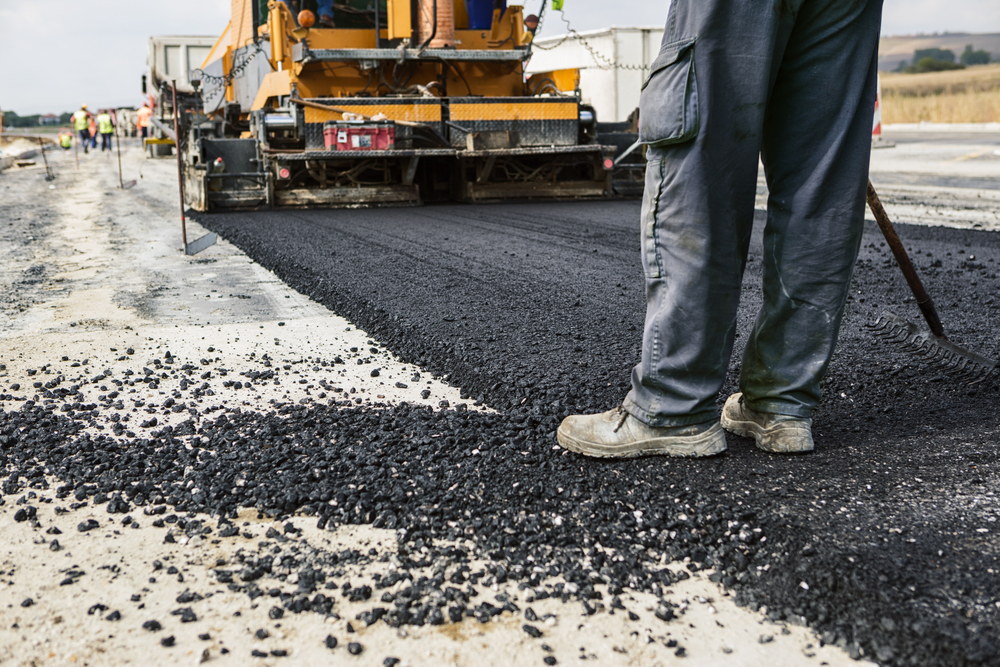
By Pensacola Mayor Ashton Hayward
Earlier this year I wrote a Viewpoint article entitled Infrastructure Matters to highlight the important role of the city’s infrastructure and to introduce an ambitious $30-million street resurfacing and natural gas pipeline improvement program.
The work includes resurfacing approximately 1,800 blocks (119-miles) of city streets, coupled with replacing about 46-miles of aging, cast-iron natural gas pipeline. It’s a “catch-up†effort intended to address years of deferred maintenance, and to revitalize the city’s transportation network and natural gas distribution system.
The street resurfacing program is nearing the 33 percent completion mark. The City’s contractors have worked diligently since March of this year to mill and resurface about 600 blocks in the downtown, central/west, and western portions of Pensacola. Their crews endured intense summer heat and worked around torrential summer rains to get the job done. We appreciate their commitment and the quality of their work.
Resurfacing is already underway for the next three groups in the program, which consist of selected streets located east of Bayou Texar. Next year, work on the final three groups will begin in northeast Pensacola.
Respondents to a 2016 community survey identified the condition of Pensacola’s streets as one of their top areas of concern. When the current program concludes, the percentage of city streets rated in “good repair†will be approximately 80 percent. Taxpayers have a tremendous investment in the city’s transportation infrastructure. A systematic program of resurfacing protects this investment in addition to creating safer, smoother streets that cause less wear-and-tear on vehicles.
Natural gas crews are making similar progress in replacing aging cast-iron gas pipeline with corrosion-free medium-density polyethylene pipe. The modern pipe will supply approximately 3,500 homes and businesses throughout the city. It is more efficient, less expensive to maintain, and safer than the cast-iron gas pipe, much of which has been in service for a century or more. Polyethylene pipe is also capable of delivering natural gas at the higher capacities needed to power larger natural gas appliances such as whole-house generators, tank-less water heaters, and large pool and spa heaters.
Gas pipeline installation in five of the fourteen Pensacola Energy sectors is complete or nearing completion, while work in two other sectors is underway. All work in the program is scheduled for completion next spring.
Streets and natural gas lines are two of the more obvious examples of infrastructure systems, but they’re only part of the story. The City owns and maintains over 1,400 street lights, and with the recent completion of a city-wide assessment, we will soon begin converting to energy-efficient LED bulbs that will help us reduce our utility bills.
Pensacola has more than 250-miles of sidewalks. A multiyear program is planned to make needed repairs and upgrades that will help make our city safer and improve walkability.
Our city takes pride in its 93 municipal parks and facilities that encompass nearly 600-acres. Maintaining these recreational facilities requires a substantial commitment. Over the next ten years we plan to invest close to $24 million to keep our parks in shape for future generations to enjoy.
In just the past five years the city has invested almost $34 million in stormwater infrastructure improvements. The result is better water quality and a reduced risk of damage from flooding.
Investing in the protection and maintenance of our publicly-owned streets and other infrastructure is not just a professional responsibility – it makes good business sense. These investments create opportunities for economic growth and improve the quality of life for all of us. In the final analysis our infrastructure is, literally and figuratively, the foundation upon which we can continue to build our great city.
~ Mayor Ashton Hayward



